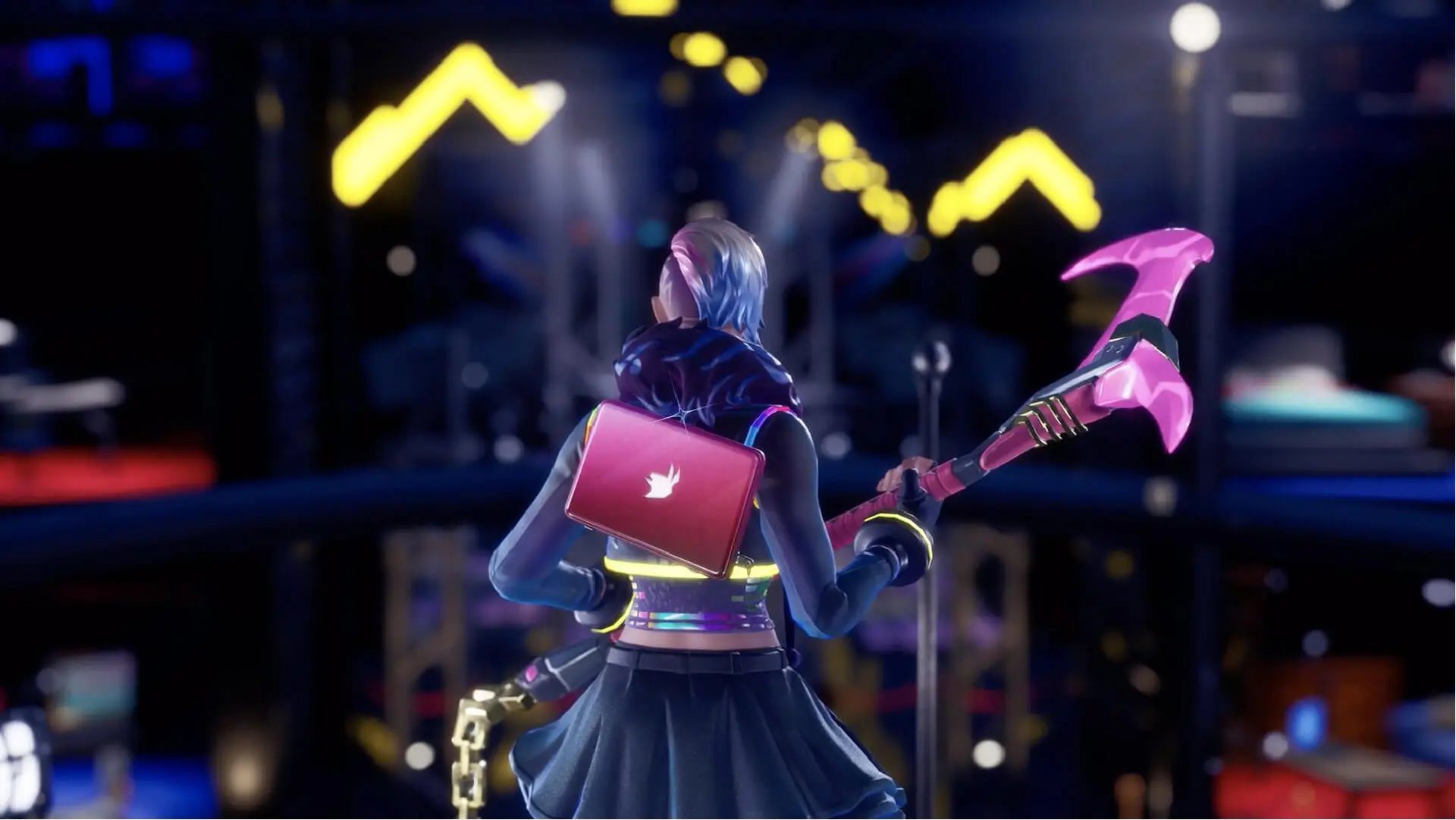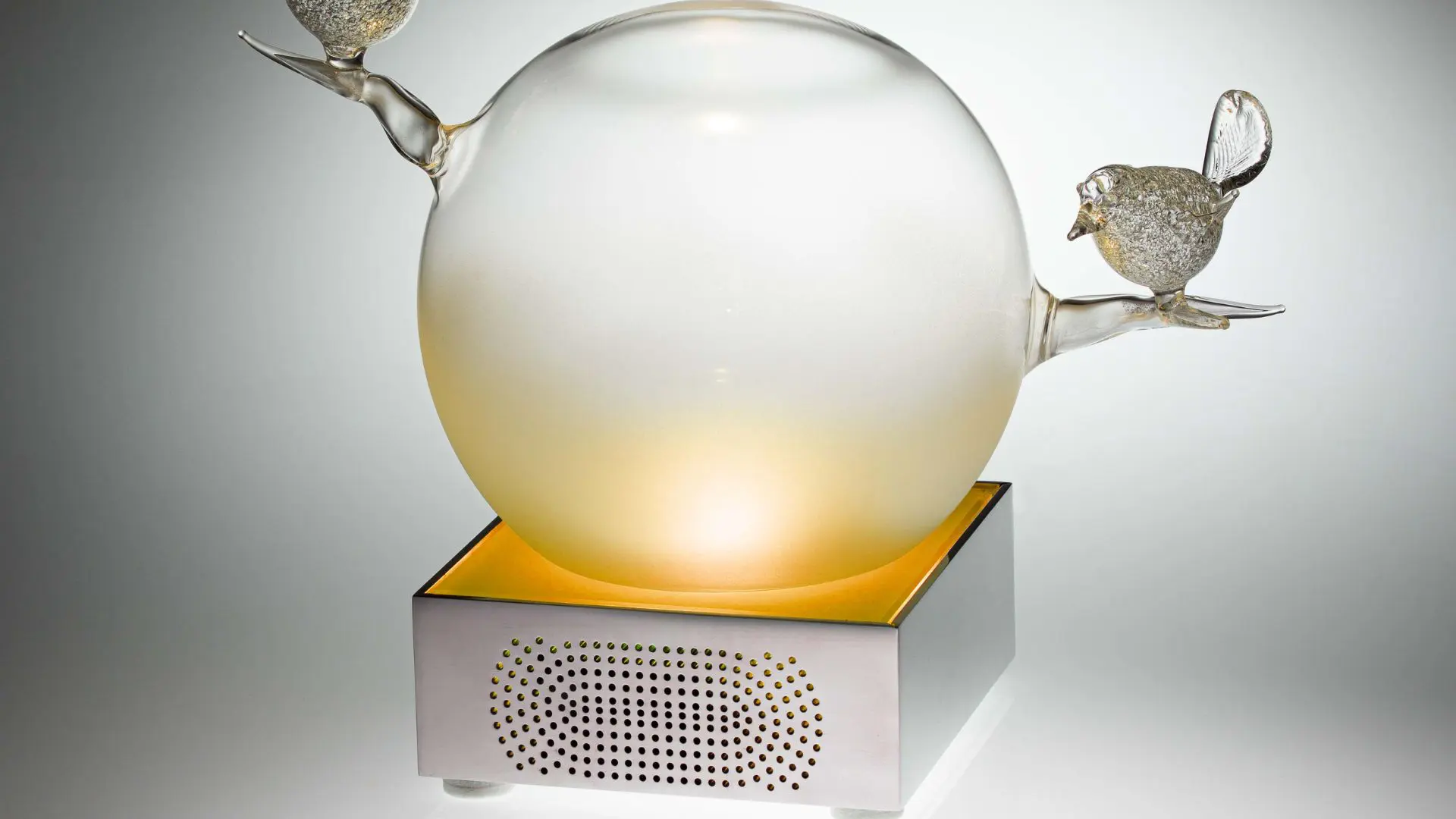This master’s programme focuses on interaction design to train you for innovative design practices
A little more than 1 hour north of Milan there is a school that you should know if you are pondering on how to kickstart your career in the design sector

We are talking about SUPSI University in beautiful Lugano, Switzerland, where the 7th academic year of Master of Advanced Studies in Interaction Design is about to begin.
Aiming at preparing professionals to become decision makers and get involved firsthand in innovative industries and design practices, the programme throws the students into a vortex of inputs and knowledge from the most relevant disciplines of the field, from design thinking, and prototyping techniques to digital fabrication, programming and physical computing.
MAInD, made in SUPSI
At MAInD, Interaction Design is the core concept on which is built every module, leading the thought approach to the development of modern design solutions for Advanced Artifacts, Environments, and Services.
When working on a new design application, the student is encouraged to maintain the end user at a central spot in the research, creating a solution around real needs, contact and use-case.
Promoting a pragmatic and prototype oriented learning process, the best way to understand what the Master of Advanced Studies in Interaction Design is about is by having a look at some of the projects developed by its very own students for the classes and final thesis.
Inner Light by Nicolò Calegari, Giulia Galli and Ginevra Rudel
A system of devices created for the Cirque du Soleil Show, encouraging the audience to play an active role in the show and interacting with one another.
Before the beginning of the show, an enigmatic light emitting artifact is handed to each spectator attending the performance: this neat and simple object is symbolic for the “Inner light” and enables attendees to stream part of their luminous energy towards the stage, lighting up a character.
As a metaphor for a person’s energy, the light will fade a little after it is used, designing the interaction among the attendees so they can share and convey one’s light to others in the audience simply bringing two devices near one another.
Nuvola by Giulia Galli and Ginevra Rudel
Created to reshape the waking up experience, Nuvola triggers a conscious morning routine according to the weather changes taking place outside of your window. The alarm can be set through a specific programmed app, while the device will automatically wake you up representing the weather with colours and sounds matching its current state.
Designed with a modern geometric style, the 4mm plexiglass triangles are attached to a cotton fabric creating a soft yet structured casing for the electronics, sound and light source of this cloud-shaped innovative alarm clock.
The components include a Digital Habits Board, based on Arduino combined with Bluetooth connectivity, providing all the features needed to design the interactions for this project.
O-KAO by Ginevra Rudel
As the final project for her thesis, this student designed a robot with the significant mission of helping hospitalized kids in their journey of recovery.
Children and teenagers lose contact with the outside world while spending long months in the hospital: the O-KAO robot kit is designed to engage them in an interactive challenge which begins with building the robot following the instructions inside the kit, programming it through a specially developed interface which does not require coding skills and finally controlling the robot to explore the hospital and interact with other hospitalised kids.
Beats by Alessandra Angelucci, Ramona Banfi, Giulia Galli, Ginevra Rudel
Rethinking the design of a club night starting from the interaction between the DJ, the crowd and the club environment: this is the Beats project, applying design thinking to nightlife entertainment.
A wearable sensor detects the heartbeat and the movement of each person in the crowd and emitting pulsating lights accordingly making every clubber directly involved in shaping the visual landscape of the event.
The DJ can also monitor the crowd engagement by through an iPad app which translates the tracked metrics into visual patterns of shapes and colours for an immediate feedback or an after-party analysis.
DreamCatcher by Alessandra Angelucci, Abrar Burk and Julien Courbat
The first moments after waking up every day are said to be the most influential on our mood for the rest of the day and on our attitude towards the events that we will have to face.
DreamCatcher was designed to put us in contact with our dreams and sleep cycle from the past night, helping with a soft and gentle awakening.
This lighting piece is programmed to turn on with the alarm clock of its user to accompany him or her in the first moments of the day with soft lights generated accordingly to the past night’s sleep cycle and intensity of REM phases.
[ Read also: The 10 most influential Product Designers of all time (so far) ]




